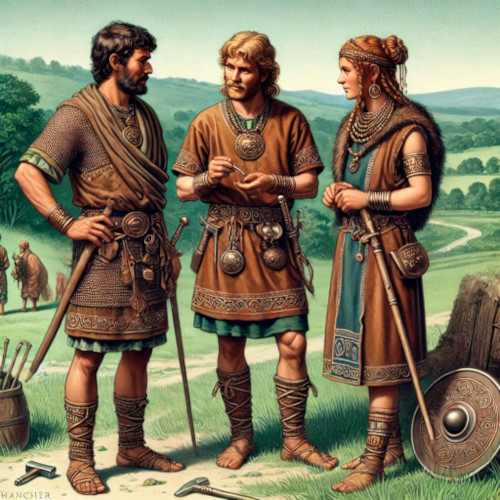
Dedicated for all DNA, Analysis Results, History, Research topics related to: Unetice
The Unetice culture, thriving in Central Europe from around 2300 to 1600 BC, were the Bronze Age Kings of Europe. Notable for their advancements in bronze metallurgy, they significantly impacted human development with the widespread use of bronze tools and weapons. This era is distinguished by elaborate burial practices with rich grave goods like gold ornaments and bronze daggers, indicating a society with complex social hierarchies and spiritual beliefs. The Unetice people established extensive trade networks, facilitating cultural and technological exchanges across Europe, exemplified by artifacts such as the Nebra Sky Disk, which suggests advanced astronomical knowledge. Furthermore, they laid the foundations for urban development in the region through the establishment of early proto-urban settlements and showcased remarkable craftsmanship in their intricate jewelry and finely crafted weapons, highlighting a society that valued art and aesthetics.
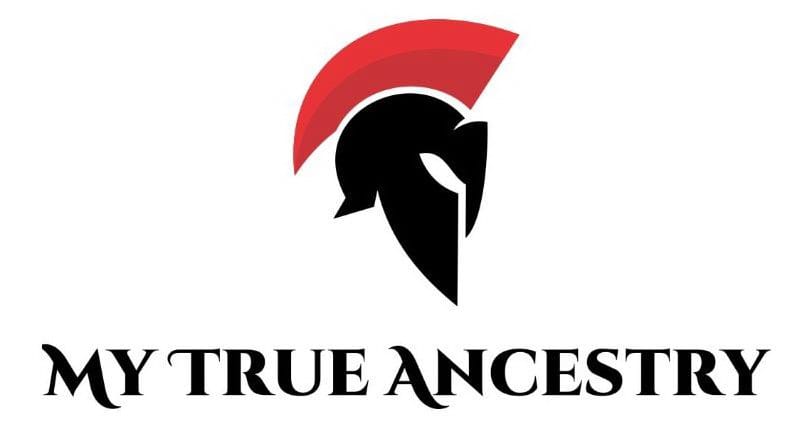
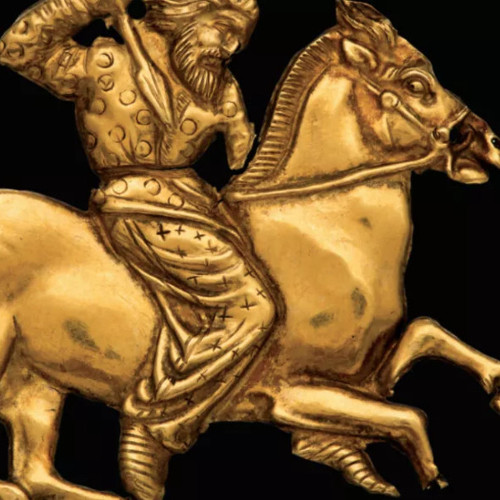

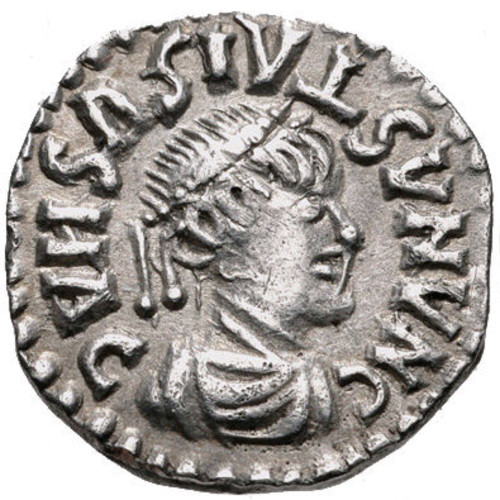


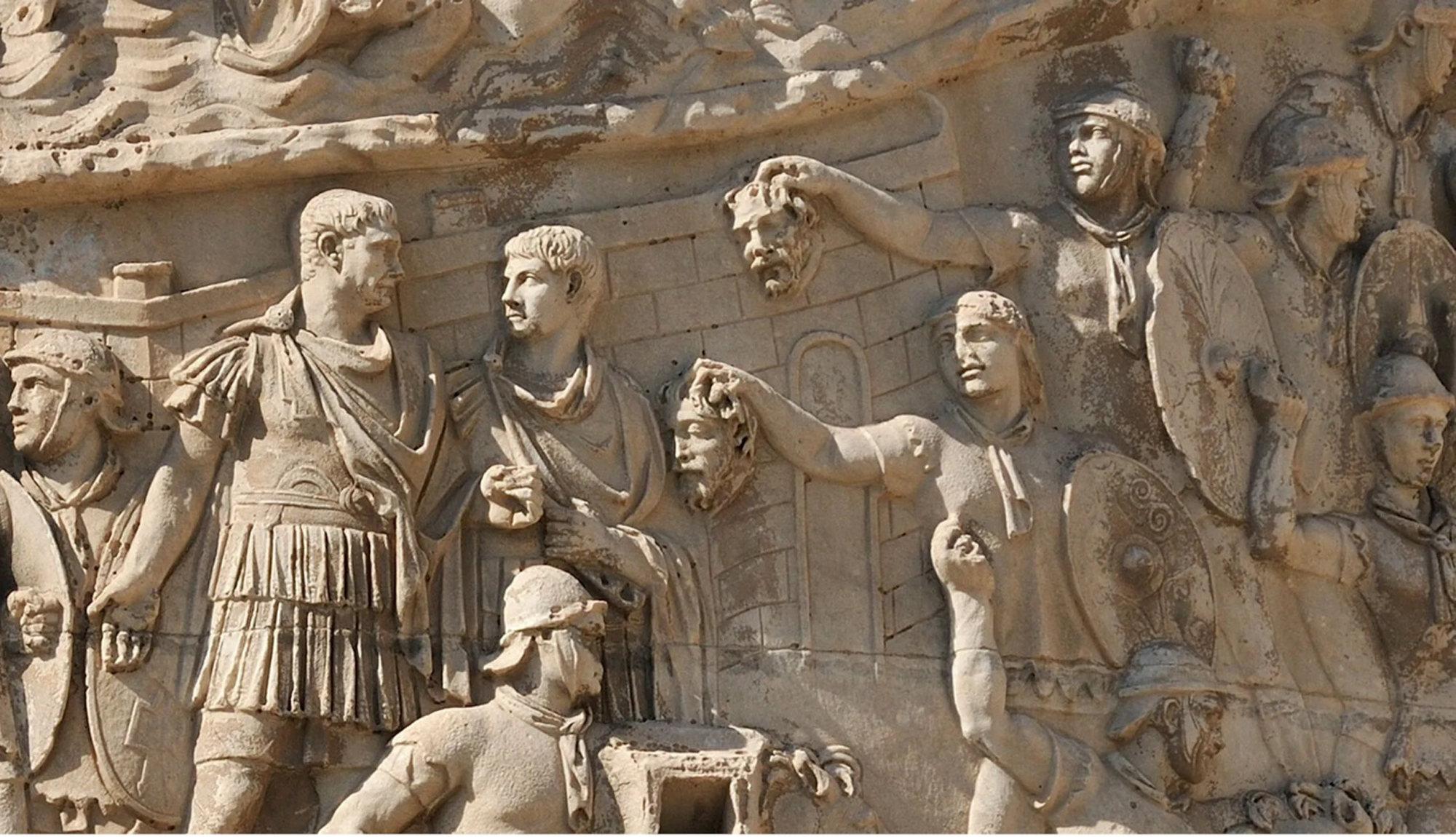
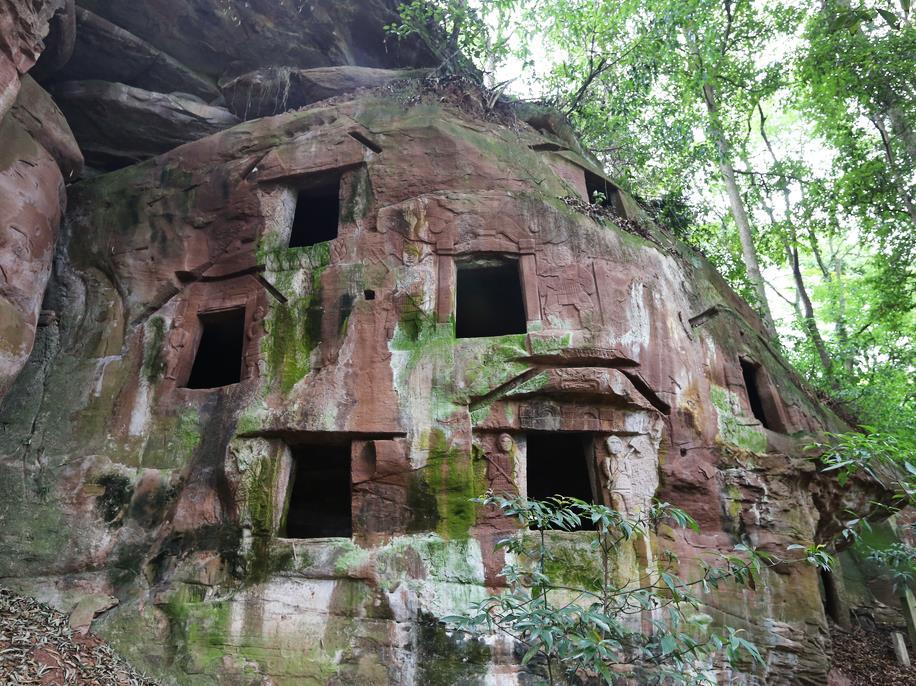


Comments